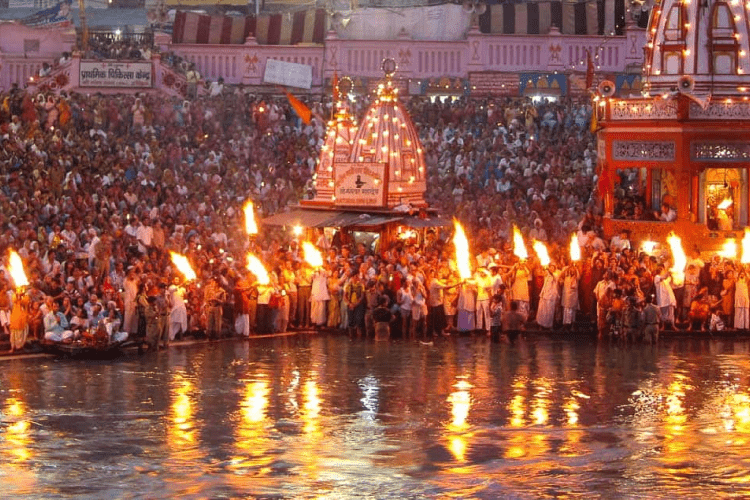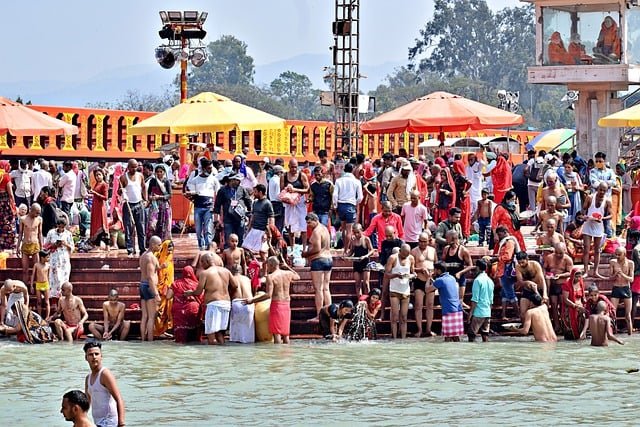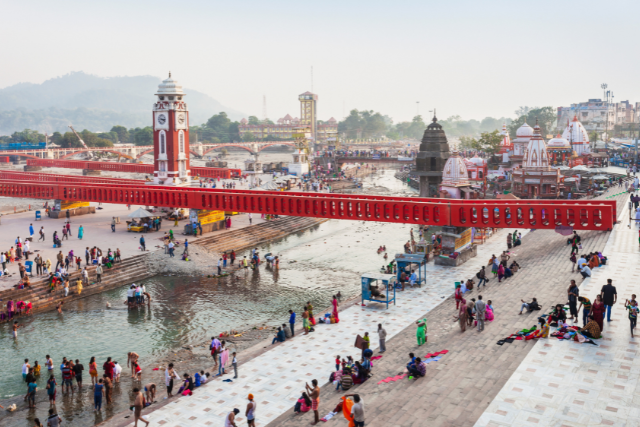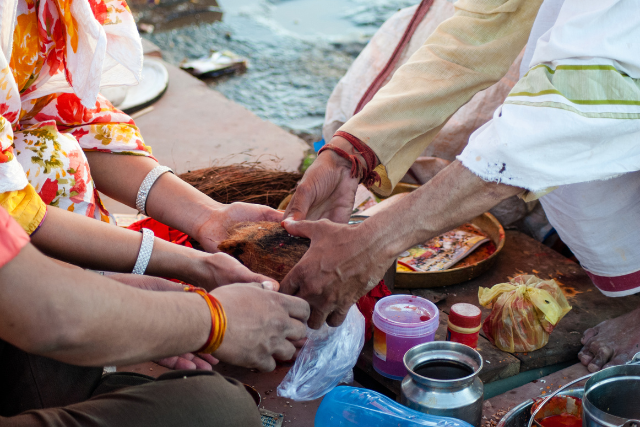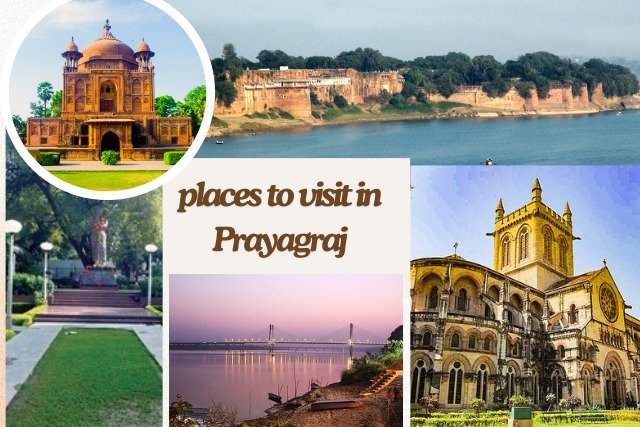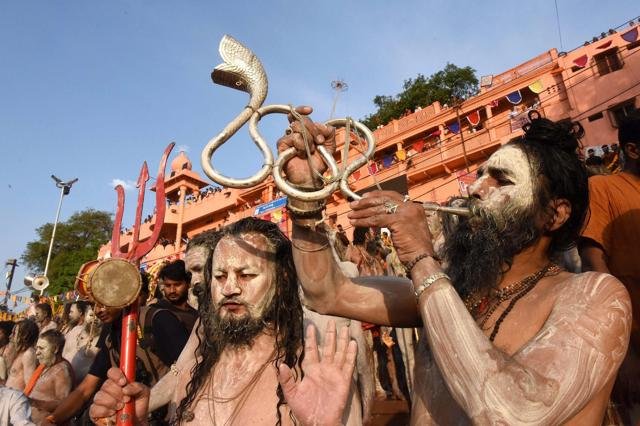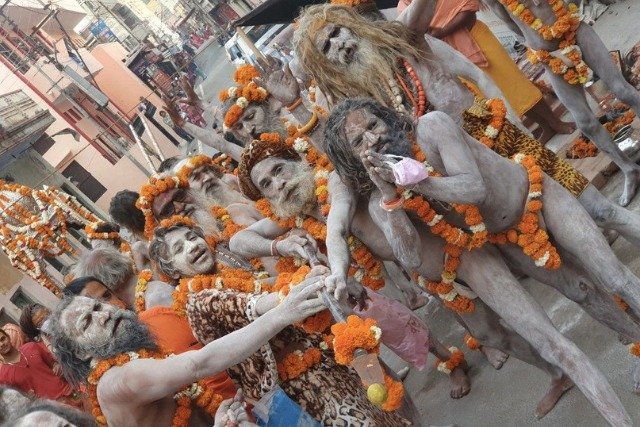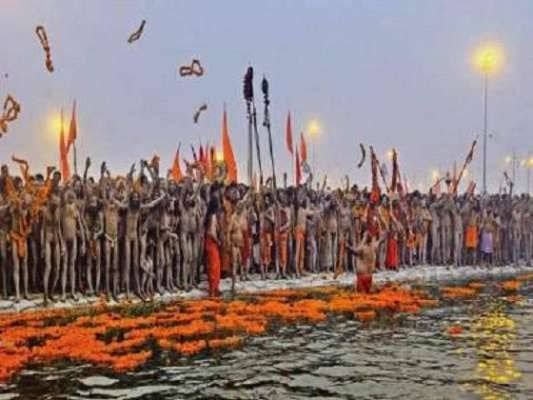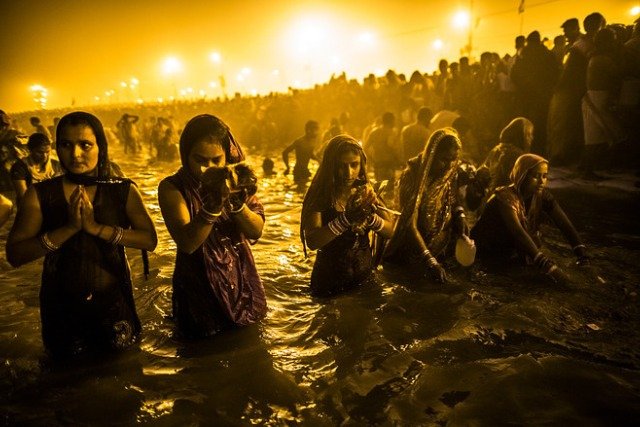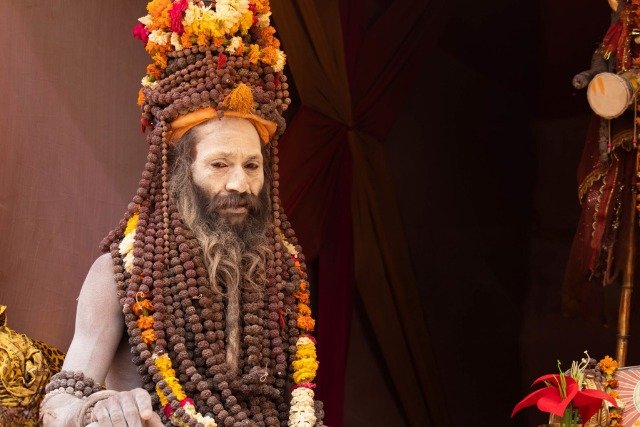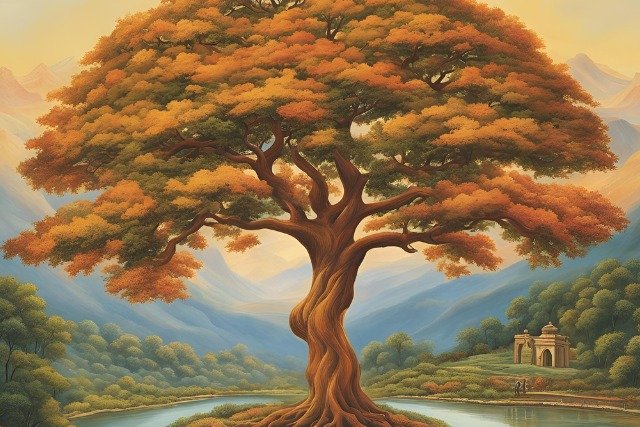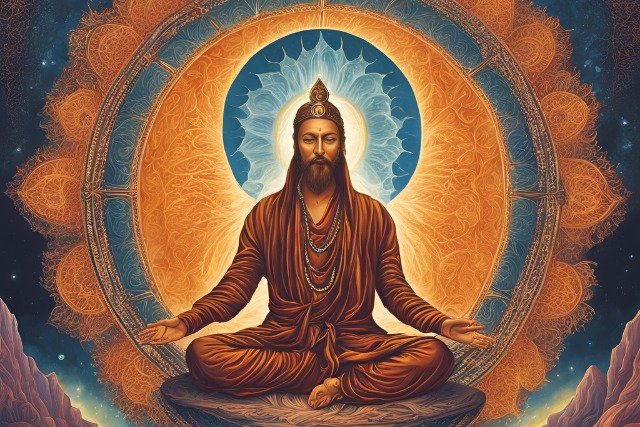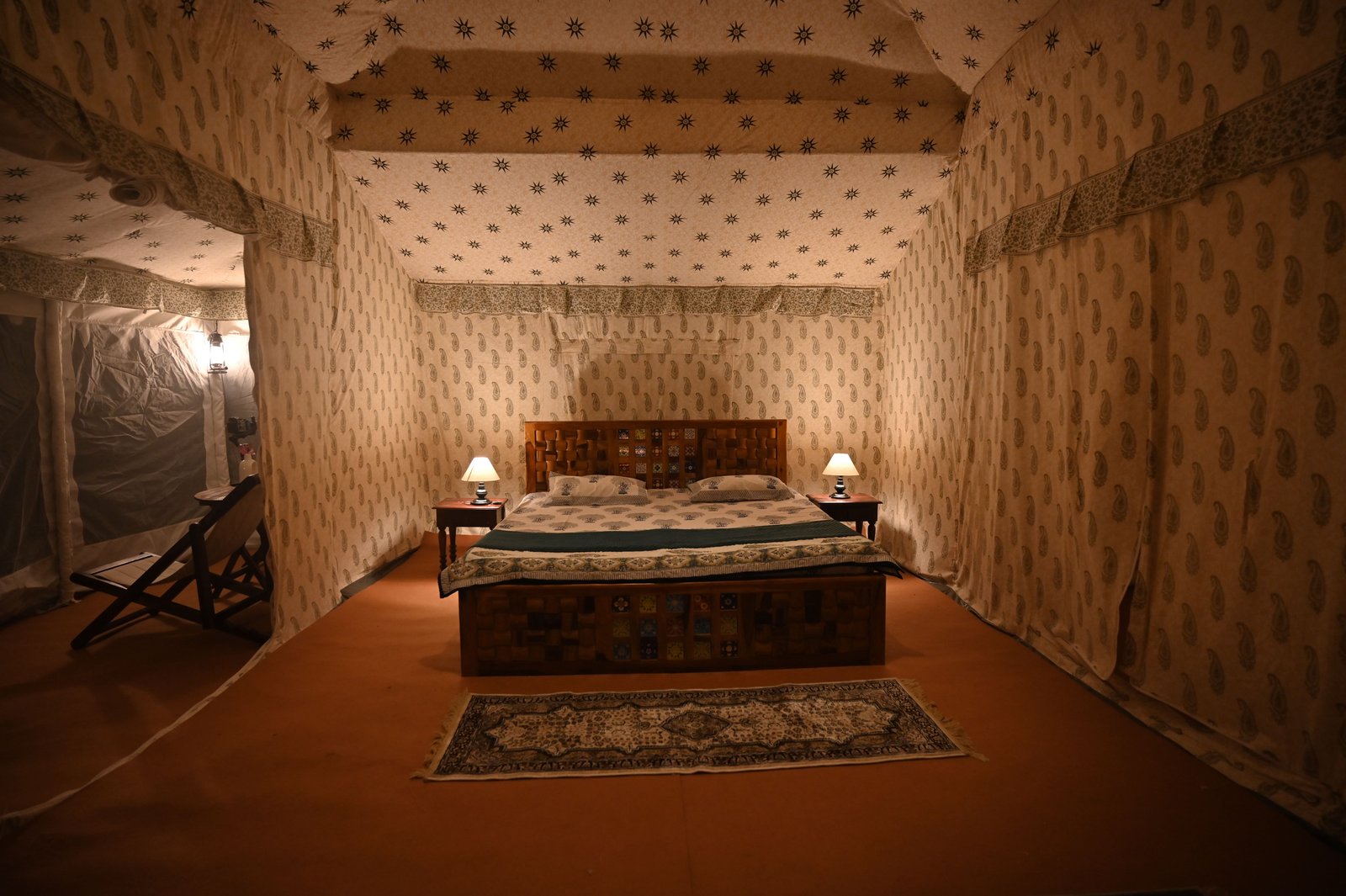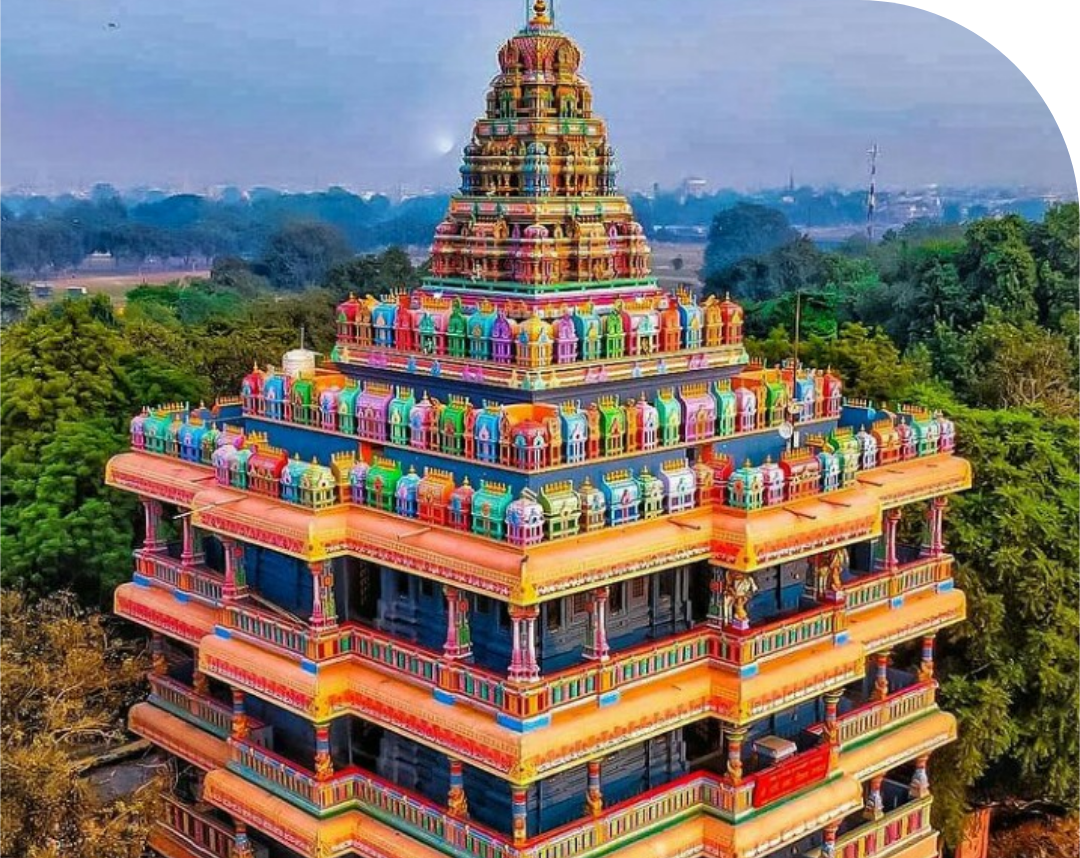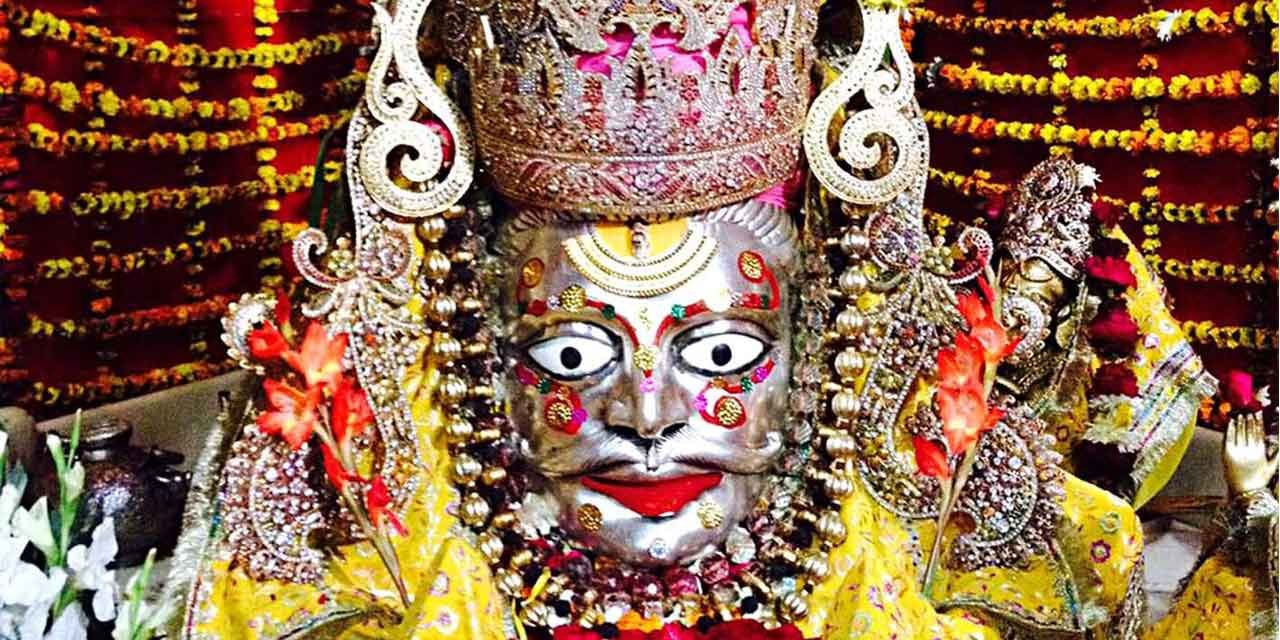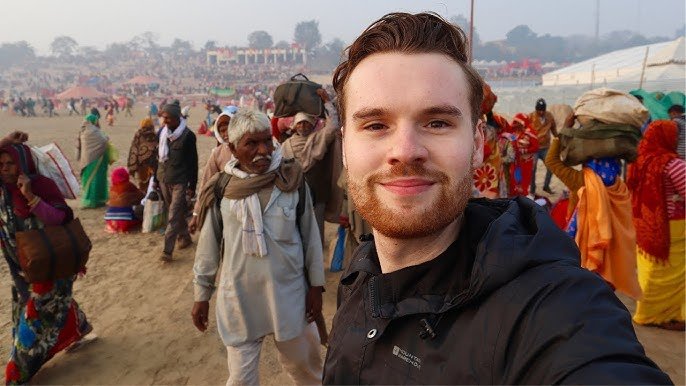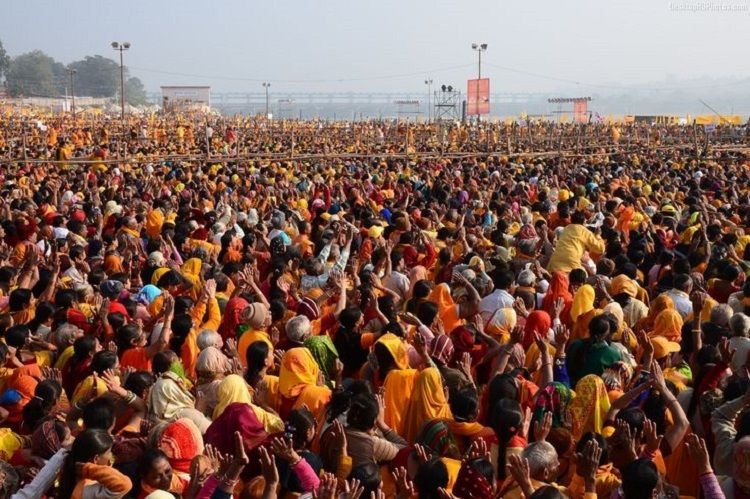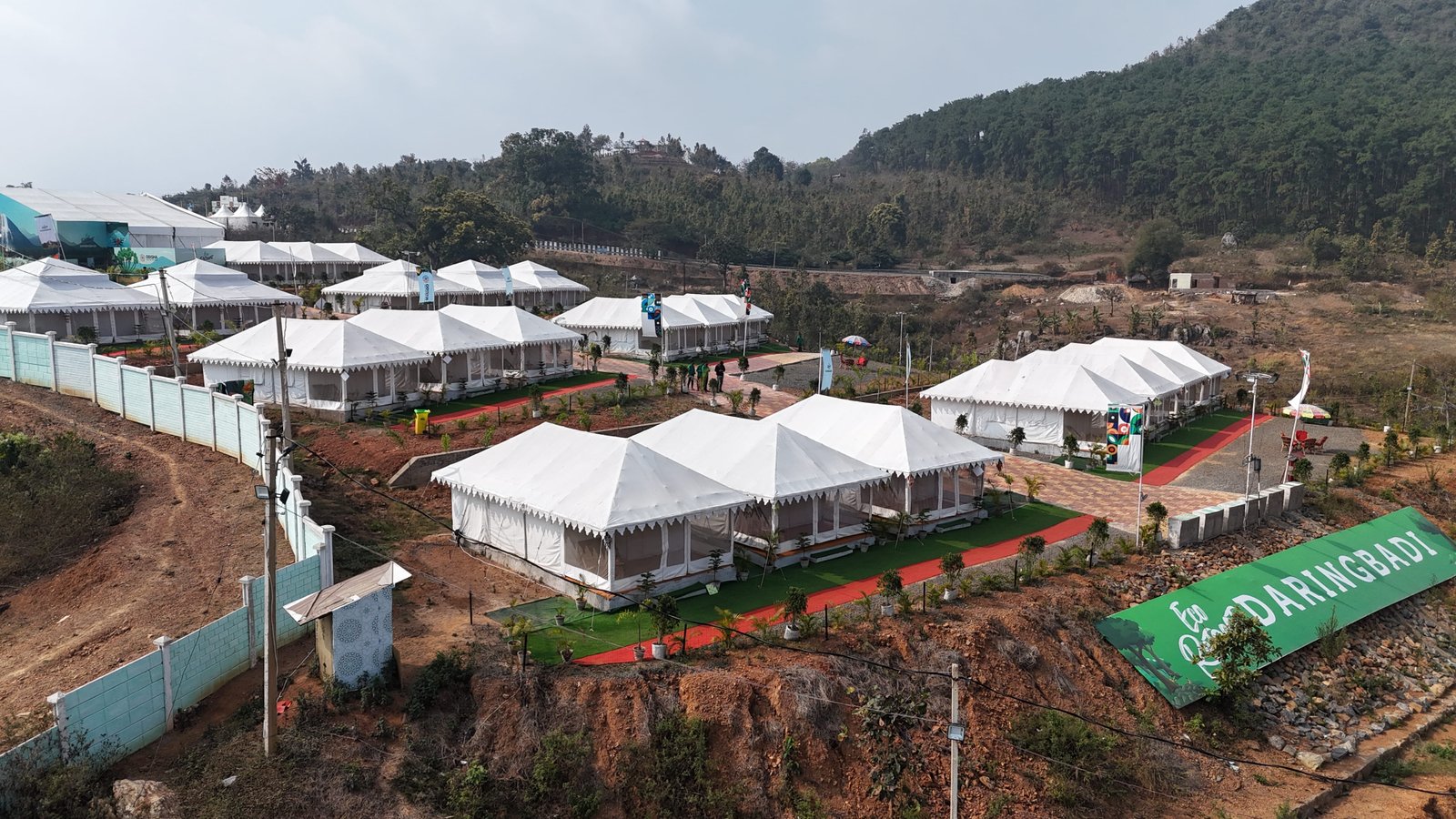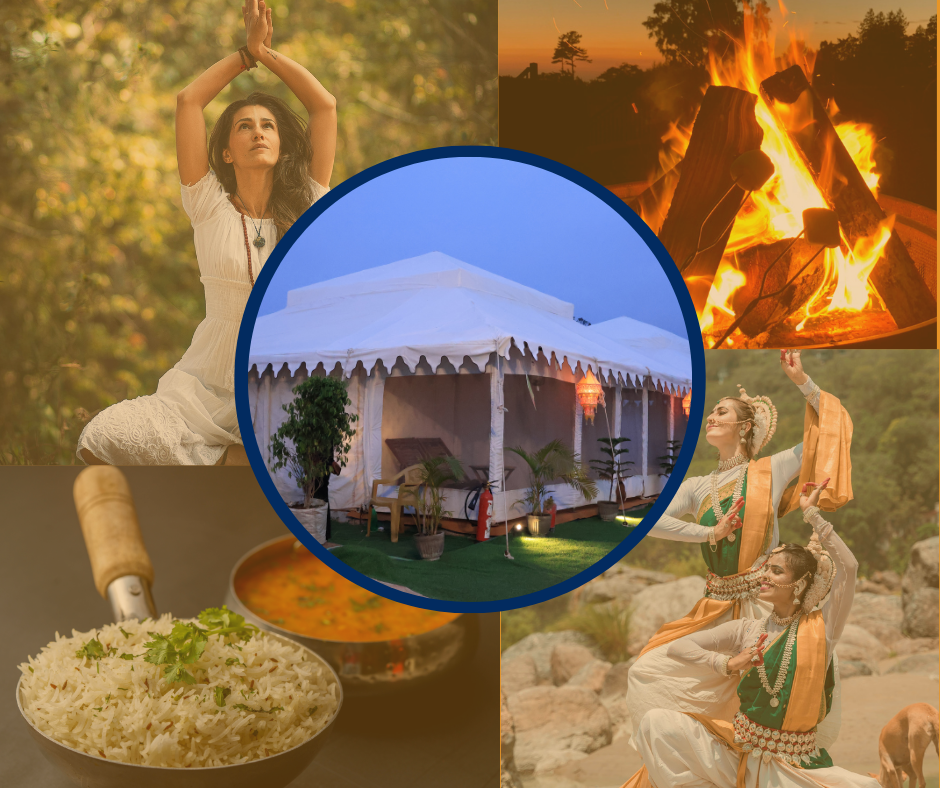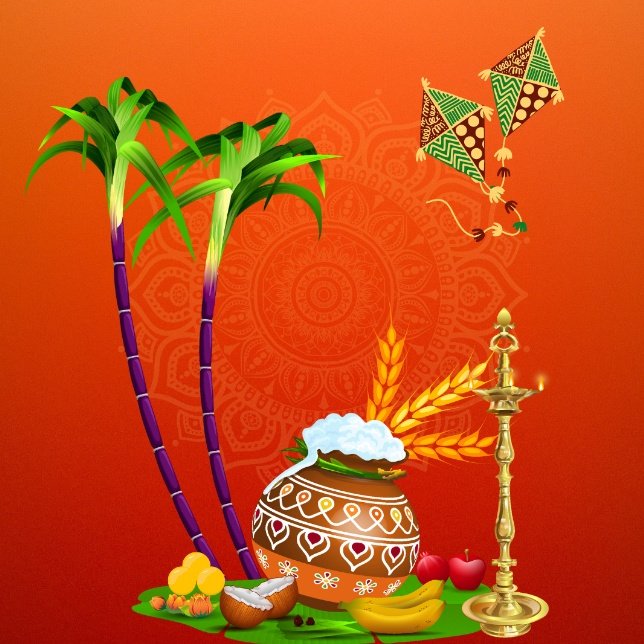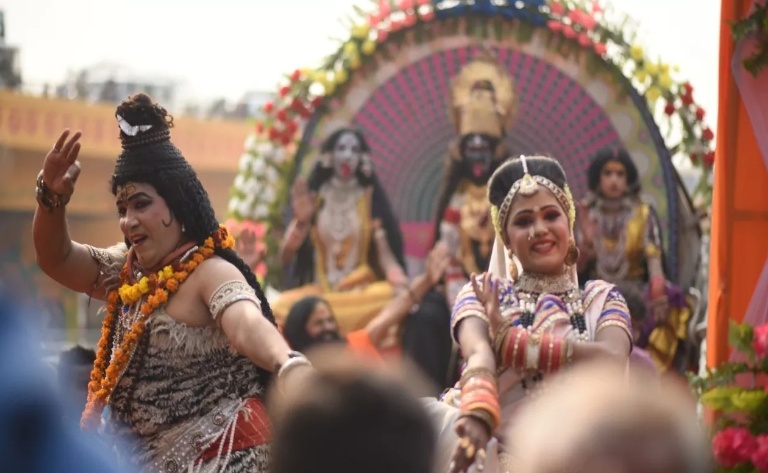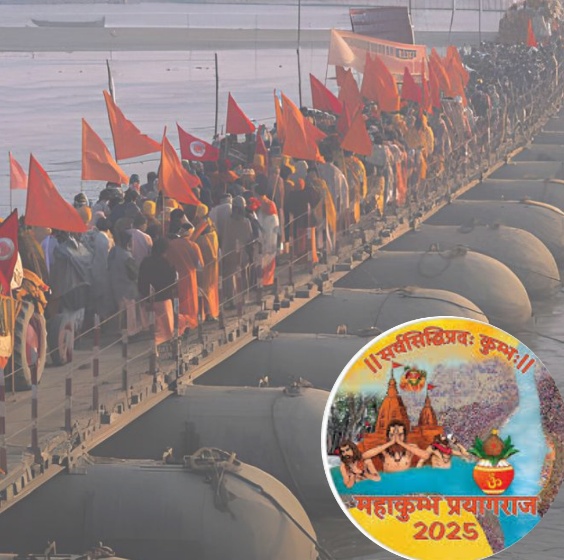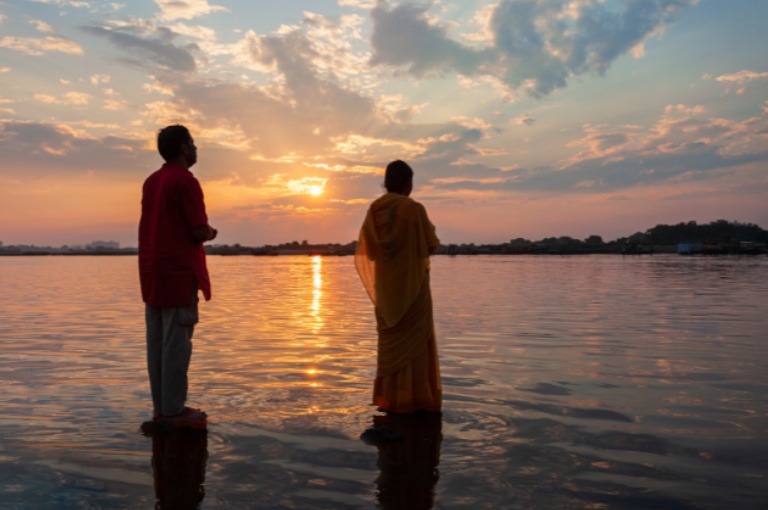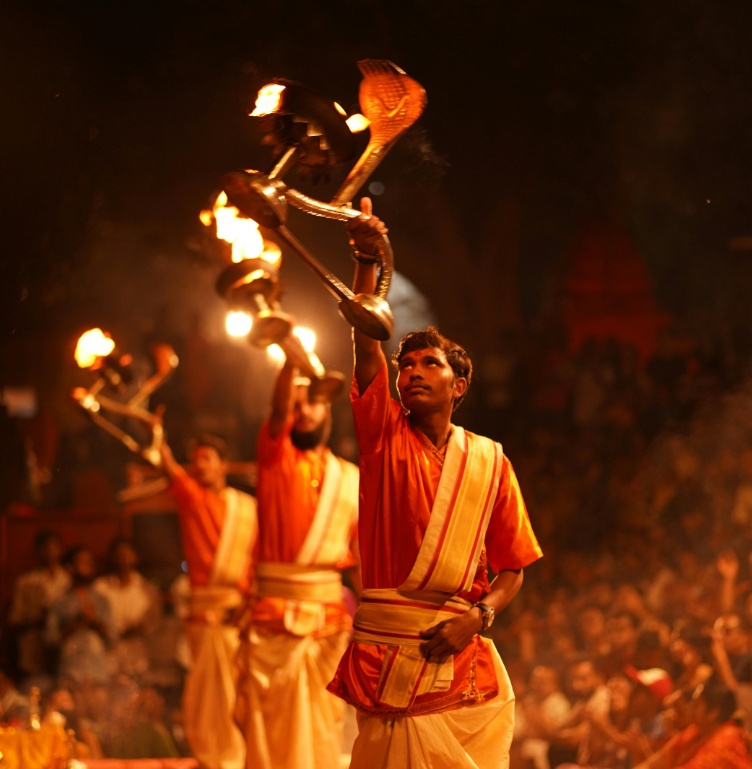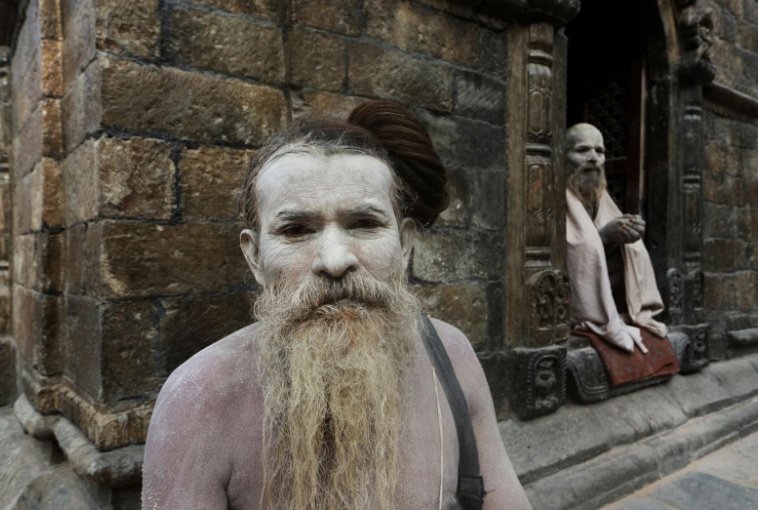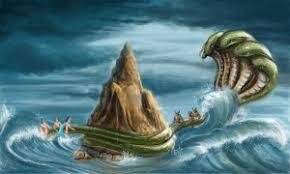
Author : Admin
Kumbh Mela's origins are steeped in mythology, and its history dates back thousands of years. This grand festival is associated with the legend of the churning of the ocean—Samudra Manthan—by gods and demons in search of the nectar of immortality. Over the centuries, Kumbh Mela has evolved, gaining prominence under various dynasties, particularly during the Mughal and British periods, unifying Hindu followers and preserving spiritual discourse. Despite the changes brought by time, Kumbh Mela remains a constant, embodying the timeless intersection of faith, history, and culture.
By exploring its literary and mythological origins, one can gain a deeper understanding of Kumbh Mela’s significance, opening their hearts to the gifts it offers. This blog explores the festival’s origins and why it has become such a grand pilgrimage today. More details on travelling to the Maha Kumbh Mela 2025 in Prayagraj are available on our blog.
Literary & Mythological Origin of Kumbh Mela
The mythological tale of the Samudra Manthan, or the churning of the ocean, holds a key place in Hindu belief systems. This ancient story, recounted in the Vishnu Purana, is said to have taken place during the remotest periods of time, in the divine realms of space.
According to legend, the Devas (gods) and Asuras (demons) were locked in a cosmic battle over a pot of Amrit—the nectar of immortality, hidden deep within the ocean. To retrieve the precious elixir, both sides cooperated to churn the ocean, even though each sought to claim the nectar for themselves.
Mount Mandara was uprooted to serve as the churning stick, while Lord Vishnu, in his Kurma (turtle) avatar, supported the mountain on his back. Vasuki, the snake coiled around Lord Shiva's neck, volunteered to become the rope that would rotate the mountain.
As the churning began, many divine and wondrous things emerged from the depths of the ocean—Goddess Lakshmi, Goddess Varuni, the celestial Apsaras, holy animals like Kamdhenu and Airavat, and precious jewels. Yet, the process also released the lethal poison Halahala, a substance so dangerous that it threatened to destroy all creation. Lord Shiva, in an act of selflessness, consumed the poison to protect the universe. The poison turned his throat blue, earning him the title "Neelkanth" (the blue-throated one).
After many trials, Dhanvantari, the physician of the gods, finally appeared holding the pot of Amrit. However, the Asuras, driven by greed, seized the pot and fled. In response, Lord Vishnu transformed into Mohini, a divine enchantress, and cleverly retrieved the nectar from the Asuras. She made the Devas and Asuras sit in two separate lines, but as she distributed the nectar, she ensured the Devas drank first.
An Asura named Svarbhanu disguised himself and managed to drink a few drops of the nectar, but his trickery was discovered by Surya (the sun god) and Chandra (the moon god). Vishnu, in his Mohini form, swiftly decapitated Svarbhanu with her Sudarshana Chakra. Although beheaded, Svarbhanu had consumed the Amrit and thus became immortal. His head and body were transformed into Rahu and Ketu, celestial beings who influence astrological events and human lives.
In this legend, we find the origins of the Kumbh Mela. During the Asuras’ escape with the pot, four drops of the divine nectar spilled onto Earth at four locations: Prayagraj (Allahabad), Haridwar, Nashik, and Ujjain. These places gained spiritual significance, becoming sanctified gateways to Moksha (liberation from the cycle of birth and death). Every three years, the Kumbh Mela is celebrated at one of these sacred sites, with each location hosting the festival based on the alignment of celestial bodies like Jupiter, the Sun, and the Moon. A dip in the rivers during Kumbh Mela is believed to wash away sins and offer the promise of Moksha.
Socio-Cultural History of Kumbh Mela
According to some scholars, the origins of the Kumbh Mela can be traced as far back as 3464 BC, predating the Indus Valley Civilization by over a thousand years. This places the festival among the earliest known religious gatherings in human history, marking it as an ancient and deeply rooted tradition.
One of the earliest references to the practice of holy bathing during the Kumbh Mela is attributed to the sage Vishwamitra around 2382 BC. He emphasized the significance of bathing on Magh Pournima—the full moon day in the month of Magh, which corresponds to the period between mid-January and mid-February in the Gregorian calendar. This time frame aligns with the present-day observance of the Kumbh Mela, further reinforcing the festival's long-standing significance. A similar emphasis on holy bathing during this auspicious period re-emerged in 1302 BC, when Maharshi Jyotish also advocated the spiritual benefits of bathing on Magh Pournima. This underscores the continued reverence for these celestial events across centuries.
In the 4th century BC, the Greek ambassador Megasthenes—who visited the court of Chandragupta Maurya—documented his observations of what is believed to be the Kumbh Mela. He reportedly stayed for 75 days, witnessing the grand scale of religious and cultural gatherings. His accounts provide a rare glimpse of this sacred event through the eyes of an outsider and illustrate the festival’s prominence during ancient times.
The Chinese pilgrim Xuanzang, also known as Hiuen Tsang, offers another valuable historical record from the 7th century AD. During his travels in India, he described a grand ritual organized by Emperor Harshavardhan at the confluence of the Yamuna and Ganga rivers, known as the Sangam, in the kingdom of Prayag (modern-day Allahabad). Xuanzang's vivid accounts mention hundreds of devotees immersing themselves in the sacred waters to cleanse themselves of sin. This is considered one of the earliest documented historical references to the Kumbh Mela, taking place in 644 CE.
The institutionalization of the Kumbh Mela is often credited to the great philosopher and saint, Adi Shankaracharya, in the 8th century CE. Recognizing the need to preserve and propagate Hindu beliefs, Adi Shankara revived the Kumbh Mela as a mass gathering where religious scholars, ascetics, and devotees could come together to engage in spiritual discourse and practices. His efforts helped formalize the festival, solidifying its place in Hindu tradition for future generations.
The Kumbh Mela at Ujjain, one of the four locations where the festival is held, began much later in the 18th century. It is said that the Maratha ruler Ranoji Shinde played a pivotal role in its establishment. Ranoji invited ascetics from Nashik to Ujjain to participate in a local religious festival, which led to the adoption of Kumbh Mela traditions in the region. Similar to the priests in Allahabad, the Pandits of Nashik and Ujjain sought to enhance the sacred status of their own regions, and thus embraced the Kumbh tradition as part of their pre-existing Melas. This interconnection between different regions highlights the shared spiritual heritage that binds various parts of India through the Kumbh Mela.
What Archaeology Reveals About The Kumbh Mela
The Kumbh Mela, known as one of the largest peaceful gatherings in the world, is inscribed in UNESCO’s Representative List of Intangible Cultural Heritage of Humanity. Its significance transcends its status as a grand pilgrimage, as it is deeply interwoven with the historical and cultural evolution of India’s spiritual heartlands.
Though physical archaeological evidence specifically tied to the Kumbh Mela itself is limited, the sites that host the festival—Prayagraj, Haridwar, Nashik, and Ujjain—are ancient, living cities that have served as hubs of religious, cultural, and scholarly activity for centuries. These cities, steeped in history, offer a glimpse into India's spiritual and historical past, where temples, religious institutions, and archaeological discoveries continue to shape their cultural landscape.
Ancient Structures and Artifacts
The cities where the Kumbh Mela is held, have contributed invaluable archaeological treasures to our understanding of the history of the Kumbh Mela, Hinduism, and India as a whole. Centuries-old temples, platforms, and other structures have been unearthed over time. Artifacts, like carved stone sculptures, intricate pottery, and ancient manuscripts discovered during various excavations, reflect the artistry of the past.
Cultural Exchange and Trade
Cities like Haridwar, Ujjain, Nashik and Prayagraj were bustling spiritual centres which attracted traders and travellers from all over the known lands. Archaeological evidence such as foreign coinage, inscriptions, and trade goods reveals that foreigners also visited these cities and likely witness the grandeur of Kumbh Mela.
Religious and Ritual Practices
The religious significance of these sites is further emphasized by the discovery of objects such as yantras, sacred pots, and ceremonial offerings. These artefacts shed light on the spiritual traditions that have been passed down through the centuries and are still practiced by devotees at the Kumbh Mela today. They reveal the continuity of faith and rituals that bind generations of pilgrims in their pursuit of spiritual cleansing and enlightenment.
Human Insights and Community Life
Excavations have occasionally unearthed human remains. These findings provide insight into the demographics, health, and lifestyles of the communities that thrived around the Kumbh Mela sites over the centuries. The proximity of these remains to sacred spaces underscores their importance as centres of both religious and communal life.
The cities of Prayagraj, Haridwar, Nashik, and Ujjain continue to grow and evolve, with each Kumbh Mela reinforcing their place in the spiritual fabric of India. The process of learning more about the history of the Kumbh Mela is still ongoing. New findings are certain to surface as historians and archaeologists investigate these hallowed locations, expanding our comprehension of this extraordinary celebration.
